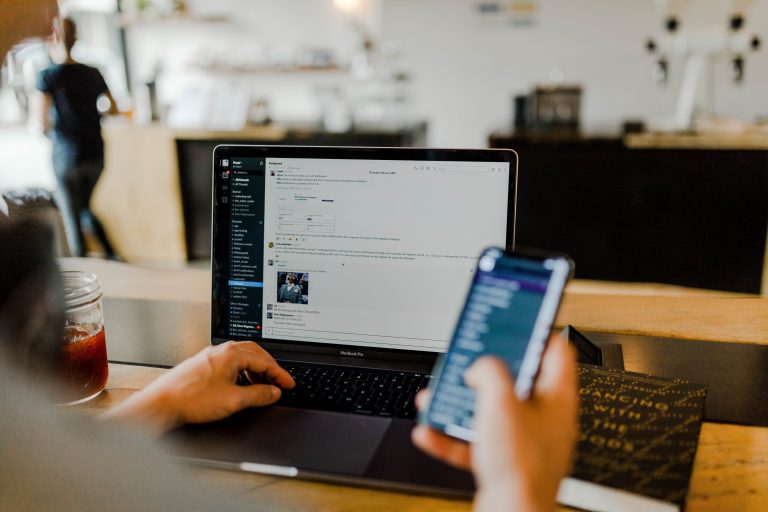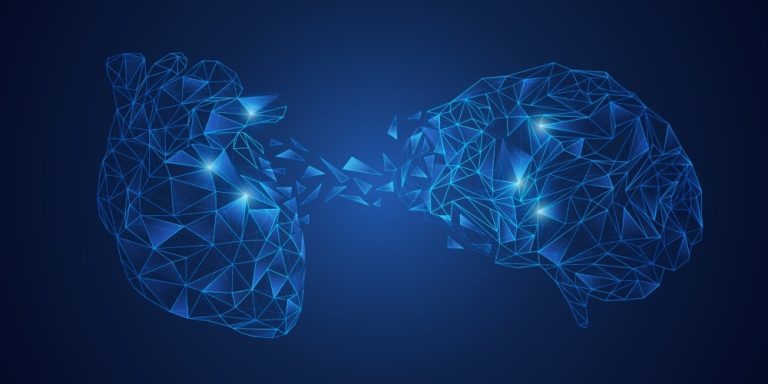
There are 4 specific components of LEGO Group’s “people promise” which help drive business outcomes, enable HR success and contribute to a unique employee experience.
The people promise is a key element of the company’s brand framework, which provides a foundation for strategies and long-term priorities – including those of HR – in the business, said Thomas Møller Jeppesen, senior people operations and development partner for the LEGO Group in Denmark.
“The Lego brand framework is really a compass for everything we do,” he said.
“It includes our mission, which is to inspire the LEGO builders of tomorrow, as well as our inspiration, promises and our spirit and values as well.
“The people promise is all about how we behave and act and what kind of experiences we want to give our employees,” said Jeppesen, who was speaking ahead of the HR Innovation & Tech Fest, which will be held at the Hyatt Regency Sydney from 29 to 30 October 2018.
“It is key to how we go about facilitating programmes and a good onboarding/offboarding process.
“It also shapes how we provide insights to the rest of the business, whether that’s facilities or IT and how their services are being perceived from the employee experience perspective.”
If an employee has an experience that does not meet the people promise, then Jeppesen explained that this needs to be communicated to the appropriate function in the business off the back of LEGO’s employee engagement survey.
“Being a family-owned company means a lot to us, and it’s important to live up to those expectations that employees have, whether they’re already in the company or just joining us,” he said.
“That’s where HR has a key role in ensuring that we stay true to that.”
The role of the LEGO people promise is to enable execution of business strategy and build the long-term health of the company, according to Jeppesen, who said this defines why people should choose and commit the best of themselves to the organisation.
“It’s important to live up to those expectations that employees have, whether they’re already in the company or just joining us”
Each of the four elements of the people promise clarifies the “give” (what’s expected of employees) and the “get” (what employees can expect in return) of the “employee deal” and provides a common point of reference for employee management.
The first of four key elements of LEGO’s people promise is “purpose driven”, which aims to ensure employees connect meaningfully with the wider purpose of the LEGO Group.
This comprises the give of “striving to get your best every day”, a “focus on quality”, and “taking responsibility for doing the right thing for children, protecting and defending the reputation and ultimate purpose of the brand” while the get comprises a sense of purpose – with clear understanding and recognition of people’s roles in contributing to the equity of the brand and ultimate corporate purpose, and pride in being associated with a brand that is helping to enrich children’s lives.
The second element in LEGO’s people promise is “systematic creativity”, and wider application of this designed to facilitate work across the organisation – including both learning and development and everyday problem solving/continuous improvement.
This comprises the give of fresh and flexible thinking and openness to change, continuous improvement and preparedness to take on tough challenges, while the get comprises an ability to contribute fresh thinking and unlock talent, an everyday approach to work that will stretch thinking and imagination, and frequent learning and development opportunities.
The third element is “clutch power”, which is designed to build stronger bridges between divisional silos, facilitate boundary-free networks and promote greater mobility across functions and geographies.
This comprises a give of seeing the bigger picture (beyond silos), active networking and collaboration as well as being comfortable with transparency, diversity and a flat hierarchy, while the get comprises a sense of belonging while also feeling free to be oneself, a range of influence beyond one’s immediate job, career mobility, and care and genuine interest in wellbeing.
“Curiosity is as important for adults as it is for kids, and we know this is a big lever for success in the long-run”
The fourth and final element is “action-ability”, which focuses on clarifying the scope for personal initiative within more operational roles, speeding up decision-making processes and execution, and celebrating simple solutions and people who get things done.
The give of this element comprises a focus on quality results, taking accountability for delivering on promises, a can-do attitude (“hands on/minds on”) and building one’s capabilities, while the get comprises the ability to make a difference and scope for personal initiative and responsibility.
The employee experience of the LEGO brand framework
The LEGO brand framework is brought to life in a number of ways throughout the LEGO business, one of which is the “LEGO way of leading”, said Jeppesen.
This begins with a two-day leadership programme for all new leaders in the LEGO business, which is co-facilitated by both members of the senior leadership team as well as HR.
Members of the senior executive team take two days out of their regular schedule to help facilitate this program, which is run once every month.
This program begins with a brief from LEGO’s owner family about their vision for the company and what they want to achieve.
“This is not about making money; this is about reaching as many children as possible and inspiring and developing the LEGO builders of tomorrow,” said Jeppesen.
Learning the LEGO way of leading is critical during this two-day intensive, and this process is supported throughout the business on an ongoing basis with leaders from across the business regularly getting together to embed this into the culture and the way in which work is conducted in the business.
This is particularly important in LEGO from a global context, with some 17,000 employees around the world (with about 4000 based in Denmark).
“So what does it mean to be a family-owned company in a Chinese context, for example? What does it mean to want to leverage fun and creativity in a Chinese context?” said Jeppesen.
“A lot of our leaders are global with teams all over the world, so they need to understand our values and what play, for example, means in a global context.”
“For a long time, we actually didn’t have a CHRO – the CHRO was actually our CEO, because the people agenda is so important to everyone in the LEGO”
Jeppesen also explained that employee experience is owned by LEGO’s senior management, which plays a critical role in HR leadership across the business.
“For a long time, we actually didn’t have a CHRO – the CHRO was actually our CEO, because the people agenda is so important to everyone in the LEGO.”
Recruiting for the future and innovation
Jeppesen also acknowledged that the world of work is changing rapidly, and this is changing both the nature and role of jobs – which requires a different approach to recruitment.
“We look for someone who is a good match to the company because things change so fast today in business,” he said.
“So you might hire someone for a job, but a year down the track that job might look completely different.”
LEGO actively looks to hire people who are creative, who like to have fun, and who are curious learners, according to Jeppesen, who said curiosity is an important metric for the success of employees in the company.
“Curiosity is as important for adults as it is for kids, and we know this is a big lever for success in the long-run,” he said.
This process is also important in future-proofing the business from a market perspective, and Jeppesen acknowledged the importance of curiosity and learning in the process of innovation – which is critical to the ongoing success of the business in the face of increased competition.
“We have so many Chinese competitors that are very good at copying our products, but if we are not good enough at innovating around our products, we would be out of business,” he said.
“Curiosity, play and experimentation are key to our culture when it comes to innovation and trying new and different things, and that is part of that uniqueness in the LEGO Group.
“Our culture really is our competitive advantage,” he said.
Jeppesen will be speaking ahead of the HR Innovation & Tech Fest, which will be held at the Hyatt Regency Sydney from 29 to 30 October 2018. For more information or to register please visit the HR Innovation & Tech Fest website.



